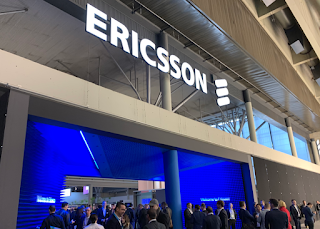Subcom has been selected to supply and build a new H2 submarine cable system linking Australia and Hong Kong with direct access to China. The cable design also allows for a number of branching units that can be deployed to locations including Taiwan, Papua New Guinea, Solomon Island, Guam, Queensland, Hawaii and Los Angeles.
A contract was signed at this week's SubOptic 2019 show in New Orleans.
H2 will provide the lowest latency from Australia across the Pacific Ocean, with the Sydney to Hong Kong branch carrying 15 Tbps per fiber pair and the Sydney to Los Angeles branch carrying more than 12.9 Tbps per fiber pair. The cable has a single end power feeding capability of more than 13,000 km. The branch between Sydney and Los Angeles will follow an entirely diverse route to the north of New Caledonia, which has not been used by any other cable.
“We are pleased to partner with SubCom and are confident their superior technology and operational excellence will enable a smooth system deployment,” said Georges Krebs, CEO of H2. “H2 will bring the necessary boost in connectivity to Australia, which has one of the fastest-growing international traffic streams in the world.”
Remi Galasso, Chairman of H2, added, “Growing capacity requirements and new traffic patterns emerging within the Asia-Pacific region require the deployment of innovative and versatile submarine infrastructures. The H2 cable, with its north and east segments, has been designed to deliver direct connectivity through new subsea paths and provide optimal diversity. We are excited to be at the forefront of this development.”
A contract was signed at this week's SubOptic 2019 show in New Orleans.
H2 will provide the lowest latency from Australia across the Pacific Ocean, with the Sydney to Hong Kong branch carrying 15 Tbps per fiber pair and the Sydney to Los Angeles branch carrying more than 12.9 Tbps per fiber pair. The cable has a single end power feeding capability of more than 13,000 km. The branch between Sydney and Los Angeles will follow an entirely diverse route to the north of New Caledonia, which has not been used by any other cable.
“We are pleased to partner with SubCom and are confident their superior technology and operational excellence will enable a smooth system deployment,” said Georges Krebs, CEO of H2. “H2 will bring the necessary boost in connectivity to Australia, which has one of the fastest-growing international traffic streams in the world.”
Remi Galasso, Chairman of H2, added, “Growing capacity requirements and new traffic patterns emerging within the Asia-Pacific region require the deployment of innovative and versatile submarine infrastructures. The H2 cable, with its north and east segments, has been designed to deliver direct connectivity through new subsea paths and provide optimal diversity. We are excited to be at the forefront of this development.”



















